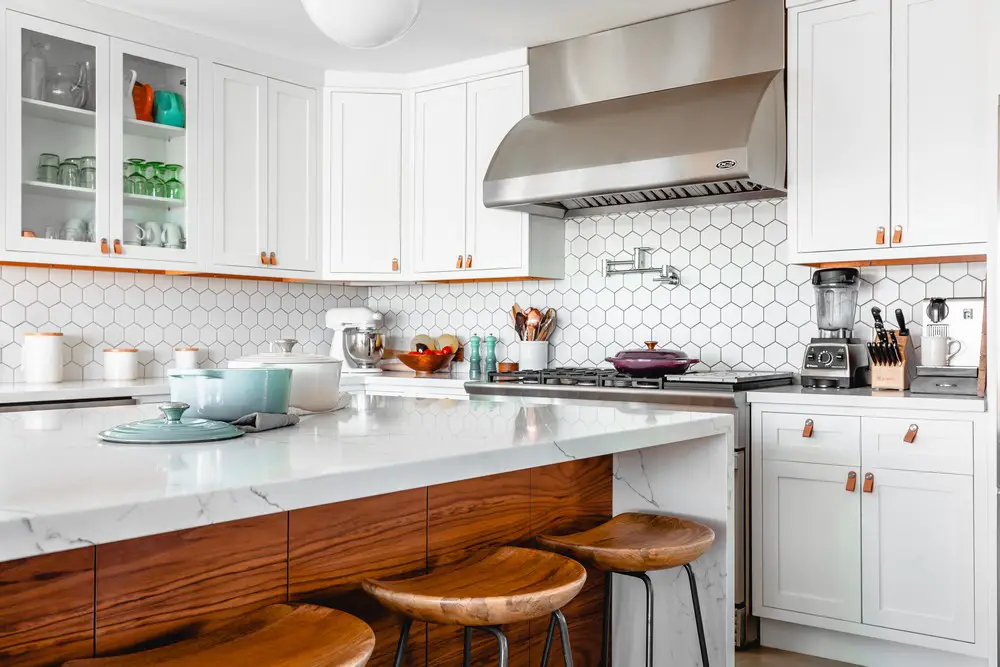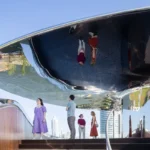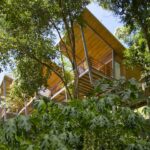Blending Digital Fabrication And Organic Design For Bespoke Interiors Tips, Advice Guide
Blending Digital Fabrication And Organic Design For Bespoke Interiors
3 Dec 2019
Blending Digital Fabrication And Organic Design For Bespoke Interiors Advice
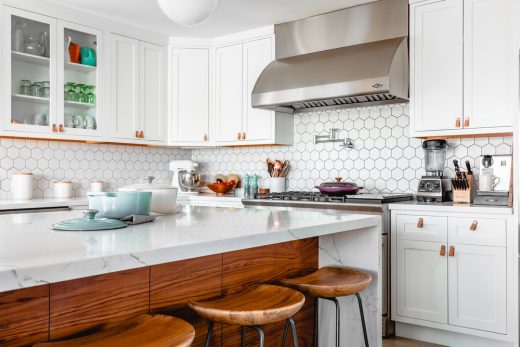
photo by Rustic Vegan on Unsplash
Blending Digital Fabrication And Organic Design For Bespoke Interiors Guide
The increasing use of technology in interior design is now further enhancing the spaces in which we live and work. With the application of digital drawing, CNC cutting and 3D printing, designers are successfully producing unique and sophisticated products.
However, even though they are utilising technology to help them meet modern demands, they are still returning to organic materials to fulfill their designs. This combination results in tailor-made sensory spaces that reflect modern urban lifestyle, while incorporating natural textures, wood tones and nature.
Biomimicry In The Built Environment
The natural world is a common influence in architectural design, and biomimicry is often seen as a successful approach to innovative and unique creations. Reflecting the function and pattern of nature, the results of biomimicry are a replication of nature’s strategies that have been successfully adapted to life on earth.
The California-based designer, Mario Romano, has always been inspired by natural forms, copying the shape of undulating waves and patterns of organic growth in his building and interior designs. However, in understanding his client’s desire for thought-provoking and unusual creations, he finds technology helps him to bring to life natural shapes and forms.
By using CNC machine technology, he is able to easily realise elaborate computational designs in order to replicate beautiful, bespoke physical structures and surfaces. CNC cutting results in consistently high-quality work and, although a CNC router can improve factory productivity, it works equally well as a tool for producing unique designs.
Printing Unique Sustainable Products
An increasing number of designers are using 3D printing, not only to build models and prototypes of buildings, but also to produce innovative, tailor-made design pieces that showcase nature and technology at their best. Through the integration of computational design with biofabrication, it is possible to apply the inherent intelligence of natural organisms to the way that the built environment is designed and fabricated.
3D printed products are commonly made from plastics; however, many other bountiful organic and sustainable materials are being tested. Substances such as plant cellulose and chitosan, found in the outer skeleton of shellfish, are found in abundance in nature, and they have been successfully transformed into elegant structures that are strong, flexible and responsive to the environment. However, despite their strength, they break down completely when exposed to water, making them the ultimate sustainable design.
Even as technology in design rapidly advances, the influence of nature is still strong. Organic shapes have long been copied, but now, with scientific advancement, it is possible to create pieces made from the same materials and possessing the same unique beauty and special qualities that exist in nature.
Comments on this guide to Blending Digital Fabrication And Organic Design For Bespoke Interiorsadvice article are welcome.
Building Articles
Re-ainbow Community Facilities, Duc Tho, Ha Tinh Province
Design: H&P Architects
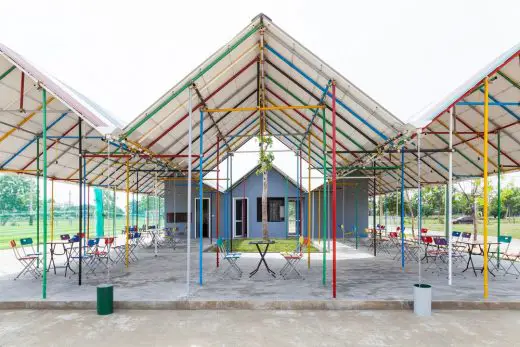
photo : Doan Thanh Ha
Re-ainbow Community Facilities in Duc Tho
Comments / photos for the Blending Digital Fabrication And Organic Design For Bespoke Interiors page welcome

